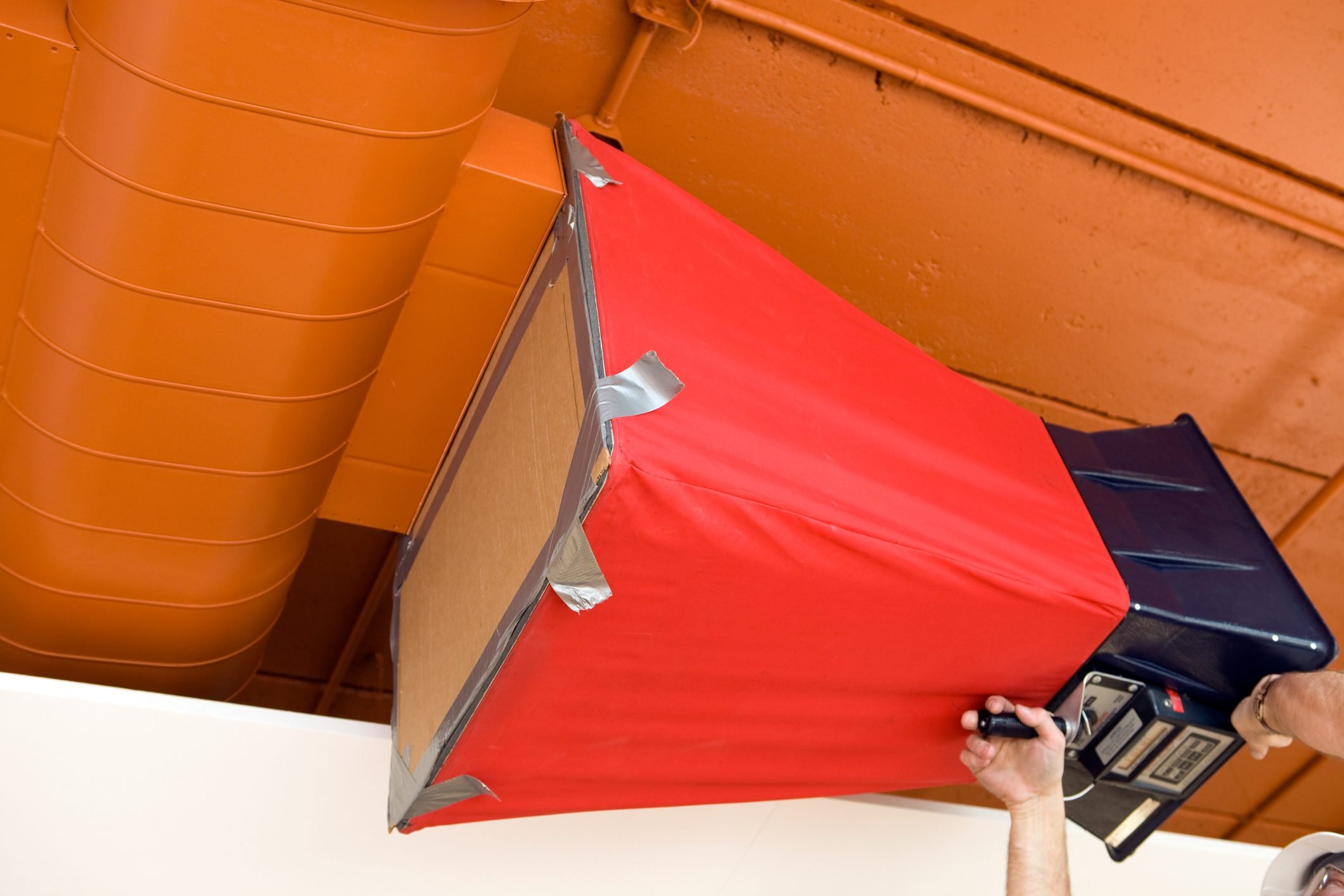Air balancing is fundamental to keeping a forced-air system, such as a furnace, heat pump or central air conditioner, working efficiently.

What Is Air Balancing and How Is It Done?

Many homeowners think their HVAC system uniformly blankets their entire house with cool or warm air as needed. That’s not the case. Any forced-air system involves multiple individual elements and controls. And if those elements get out of alignment, it can spike your energy bills and make your home less comfortable. Air balancing can help.
On This Page
What Is Air Balancing?
Air balancing means adjusting an HVAC system so every room in the house receives the right amount of conditioned air (hot or cold, depending on the season) to be as comfortable as possible. All residential HVAC systems should be balanced when installed. It’s not unusual for them to need adjusting from time to time. Planning to install a new HVAC system? Here’s how much it’s going to cost you.
In a perfect world, if you set your thermostat to 72 F, every room in the home should be warmed or cooled to 72 F. Unfortunately, that’s not always true! Many homeowners find that getting one floor the right temperature leaves other floors too hot or too cold. Sometimes, individual rooms never seem to match the temperature of the rest of the house.
How To Know if Your Home Needs Air Balancing
A properly balanced forced-air HVAC system creates a pleasant living environment and runs more efficiently than an unbalanced one. Here are four signs that you need air balancing:
- Persistent hot or cold spots in specific rooms;
- Heating or cooling bills that creep upward;
- Individual vents that struggle to feed air, even with the vent damper open;
- Temperature swings of more than two degrees between floors.
Is Air Balancing DIYable?
There are two basic types of air balancing. The first is adjusting the dampers, a simple DIY fix any homeowner can make. The second involves a robust series of tests and adjustments best left to a pro.
DIY Air Balancing How-To
Basic DIY air balancing requires adjusting dampers in individual rooms and on the duct lines of your HVAC system.
In individual rooms: Most residential supply vents have a small metal lever that directs one or more metal diverter fins. Closing that diverter allows less air into that room while forcing more air into other parts of the house.
On duct lines: Depending how your HVAC system was installed, one or more supply ducts may have a damper built into them. These dampers are controlled by simple levers on the outside of the duct, which open or close a metal disk inside of the supply line. Turning the lever so that the disk is flat allows maximum airflow to the room or rooms supplied by that line. Turning it so that the disc is upright blocks the airflow to those rooms.
Many homeowners adjust and balance their dampers at the start of summer and winter, especially in parts of the country that see large seasonal temperature swings. If you find yourself fine-tuning the dampers each season, keep things simple by writing “summer” and “winter” on the appropriate side of the supply duct. That reduces air balancing to simply turning the damper levers to match.
How To Get Your Air Balanced by a Pro
Air balancing done by a pro takes a more quantitative and holistic approach to air distribution throughout an HVAC system. A pro will examine the system and conduct tests and measurements to determine what can be done to optimize the air balance for your home.
Their solution may involve the same damper adjustments as the DIY fix. But they may also involve technical work such as adjusting fan speed, replacing supply lines with larger or smaller ductwork, installing dampers where none currently exist, or even suggesting a change in the HVAC unit itself.
There are two types of professional air balancing. A “comfort balance” is akin to the DIY air balancing, but with more attention to elements such as the blower fan. An even more involved approach features a full air diagnostic and balance. Organizations such as the National Comfort Institute (NCI) have developed a standardized process, and some HVAC professionals offer NCI-certified balancing services.
Because it’s involved, a professional air balance doesn’t come cheap. While the final price will vary, the most frequently quoted numbers range between $75 to $100 per opening. That puts the cost to diagnose and balance a typical single family home between $750 and $2,000, depending on the number of vents in each room and ease of access to the HVAC lines.



















